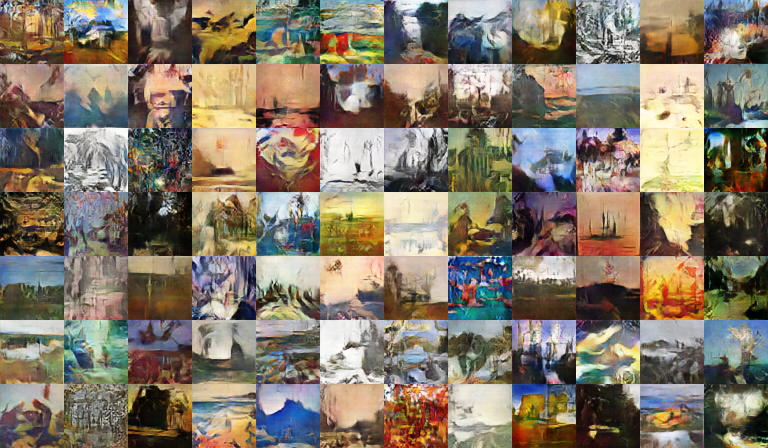In the realm of artificial intelligence and creativity, few breakthroughs have captivated the imagination quite like Generative Adversarial Networks (GANs). The narrative of two undergraduates from Williams College—Kenny Jones and Derrick Bonafilia—demonstrates just how potent these technologies can be when combined with artistic vision. In this blog post, we’ll explore their journey into GANs, the challenges they faced, and the implications of their innovative project on the future of art and AI.
The Journey Begins
While many students spend their college years balancing social engagements and coursework, Jones and Bonafilia took a different path. Diving deep into the world of AI, they taught themselves the fundamentals of machine learning and delved into over 50 academic papers about GANs, a concept that had recently begun to gain traction in tech circles. Their commitment to learning ultimately led them to collaborate with a professor on a unique venture: developing a GAN capable of creating art.
The Power of Wasserstein GANs
A significant turning point for the duo came when they encountered the Wasserstein GAN (WGAN), a variation designed to address a common pitfall of traditional GANs—instability. In a typical GAN setup, a generator crafts images in an attempt to deceive a discriminator, which aims to distinguish real images from the generated ones. This adversarial relationship can often lead to erratic performance; however, the WGAN introduced a more stable framework, enabling the creation of visually appealing and diverse artworks.
The Art of Training Generative Models
- Data Acquisition: The students utilized the WikiArt database, comprising over 100,000 labeled paintings, as their training dataset.
- Enhanced Discriminator: They incorporated an additional layer into the traditional discriminator to anticipate the genre of artworks, thereby enhancing the model’s understanding of artistic styles.
- Global Conditioning: By pretraining and integrating global conditioning, the model was able to maintain a broader comprehension of art’s stylistic differences, elevating its output quality.
Jones aptly pointed out that measuring success in art is notoriously complex, as there are no universally accepted metrics. This challenge was further accentuated in their GAN project, highlighting the subjective nature of creativity.
Visions of the Future
Following the success of their projects, both students secured software engineering positions at Facebook, which promises to amplify their computational resources. This could lead to even more innovative developments in their work, potentially translating to sophisticated applications that merge technology with artistic expression.
Moreover, artificial intelligence’s intersection with art isn’t a standalone phenomenon. Companies like Facebook have engaged in real-time style transfer solutions, showcasing how machine learning can modify existing creations rather than solely generating new content. This sort of innovation highlights a burgeoning trend: the arts are increasingly becoming a prominent domain for AI applications.
The Broader Implications
As we stand at the cusp of significant advancements in AI and art, it’s essential to appreciate the broader implications. Projects like Jones and Bonafilia’s can pave the way for future endeavors that not only push the limits of technology but also redefine our understanding of artistic creation. While it may still be a while before we find ourselves gazing at computer-generated masterpieces in modern art museums, the possibility is tantalizing—or, as some would say, inevitable.
Conclusion
Kenny Jones and Derrick Bonafilia’s exploration of Generative Adversarial Networks showcases the immense potential at the intersection of art and technology. Their commitment to learning and innovation serves as an inspiration for the next generation of creators, developers, and thinkers. As we continue to witness the evolution of AI, one thing remains clear: the boundaries of art are expanding, and the future holds exciting possibilities.
At **[fxis.ai](https://fxis.ai)**, we believe that such advancements are crucial for the future of AI, as they enable more comprehensive and effective solutions. Our team is continually exploring new methodologies to push the envelope in artificial intelligence, ensuring that our clients benefit from the latest technological innovations. For more insights, updates, or to collaborate on AI development projects, stay connected with **[fxis.ai](https://fxis.ai)**.

